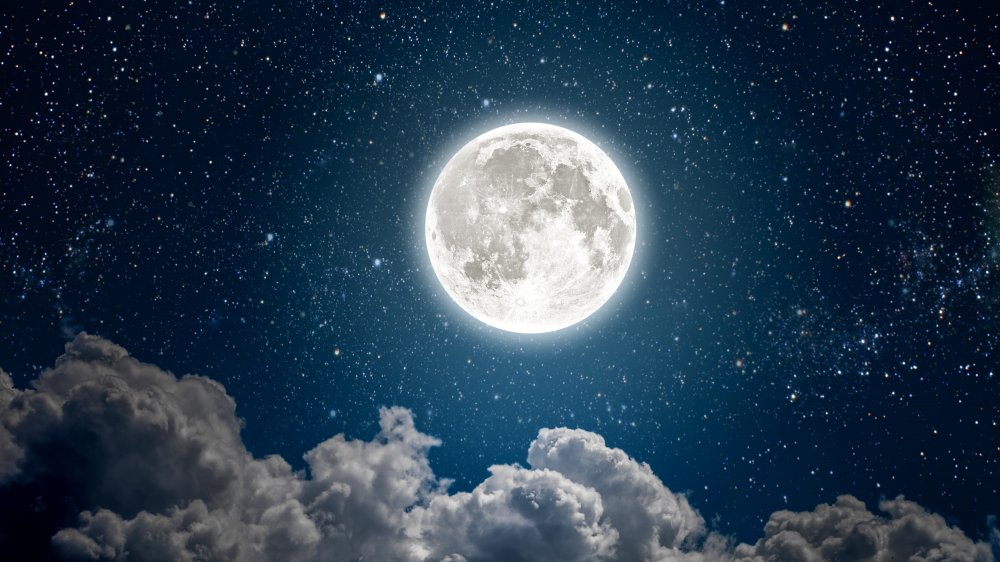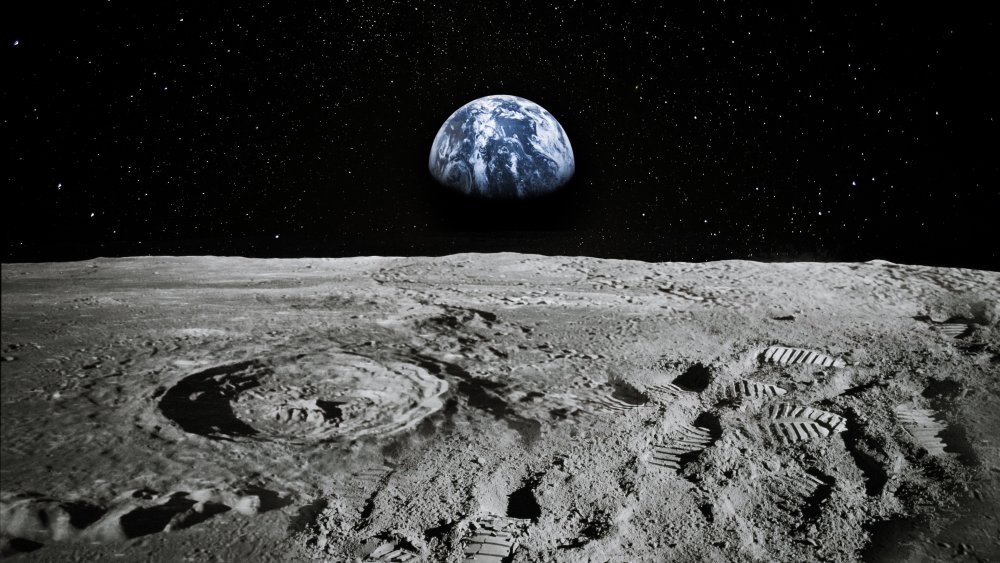Why The Moon Is Drifting Away
Everything in the world is in flux, but fortunately, there's one constant in all of our lives: the Moon. Whenever we glance at the cloudless night skies, we see Earth's eternal companion comfortably looming over us, affecting tides and fictional werewolves as everyone under its cool glow goes about their night-time business. It does this despite the fact that we've sent astronauts to stomp on its face multiple times, and as Brian Resnick of Vox reminds us, they even left some of their excrement on the poor celestial body's surface.
Here's the thing, though. The Moon is not actually quite as attached to us as you'd think. In fact, it's ever so slowly inching away from Earth, like a guest at an awful party tactically maneuvering toward the exit. Is ... is it because of the astronaut poop? We're sorry, Moon! Come back!
But we digress. Of course, the reality of the situation is far from a joke, and also much stranger as you might assume. Let's take a look at the real reason why the Moon is drifting away.
The Moon is slowly sneaking away from Earth's orbit
As Morgan McFall-Johnsen of Business Insider tells us, the Moon and the Earth are indeed going through a very slow, yet deliberate divorce. In fact, they've done so for an estimated 4.5 billion years. The complex gravitational interaction between our planet and our nearest celestial body has varied over the years, but the Moon has been slowly making its escape all along.
These days, the Moon manages to distance itself from us at a pace of roughly 1.5 inches per year, and at various points in history, its retreat has spiked to a pace of up to 2.75 inches a year. As Jolene Creighton of Futurism notes, however, the Moon isn't really going away — it's just relocating to an orbit where its noisy neighbors won't cause quite as much hassle. According to her estimates, the Moon will be spending the next 50 billion years drifting away, at which point it'll set on a stable, tidal-locked orbit with the Earth. This would mean that the Moon would take 47 days to go around our planet, as opposed to the current 27 days and a bit. Interestingly, the fact that the two will be tidally locked means that the Moon will always seem to be in the exact same spot in the sky ... or it would, if it wasn't for the fact that the Sun will probably expand and swallow both long before that.

